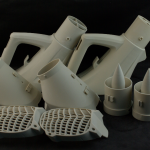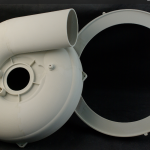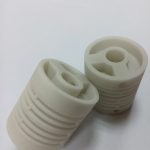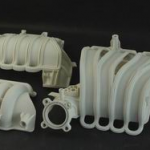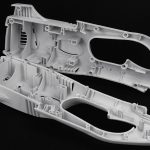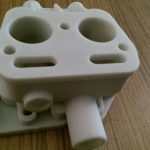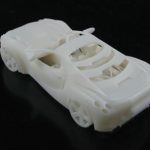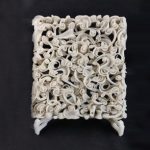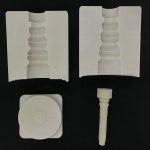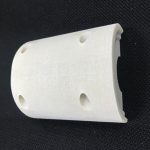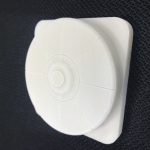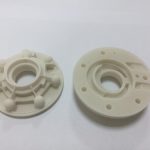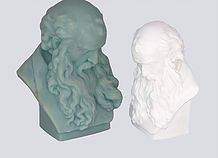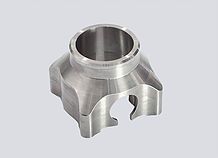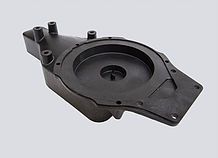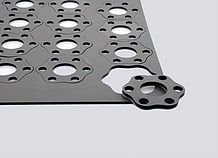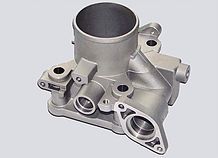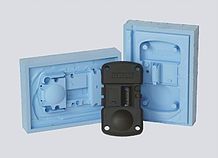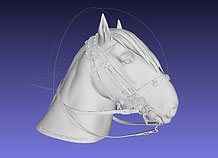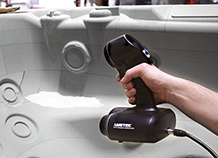Manufacturing Infomation
 Pricing: $1.38/cm3
Pricing: $1.38/cm3
 Minimum Cost:$35
Minimum Cost:$35
 Lead Time: 3 days
Lead Time: 3 days
700 x 380 x 580
3 x 3 x 3
0.1
±0.3% (with a lower limit of ±0.3 mm)
Colours Available
Colours Post Process
Additional Info
Uses and maintenance
Nylon 3200 Glass-filled (glass-filled nylon) is a great 3D printing material that allows complex and resistant models. It is durable and strong that's why it perfectly fits technical uses. Nylon 3200 Glass-filled (glass-filled nylon) is used in many industries such as the automotive industry. It can be placed near engines and used for parts that require a lot of stresses and loads.
Complex models can be realized in glass-filled nylon, just as enclosed volumes. However, t he surface of the glass-filled polyamide 3D printed objects is limited to 100 µm that means fine details will not be optimally printed. Nylon 3200 Glass-filled (glass-filled nylon) is indeed an engineering material that is used for technical parts that require particular stiffness, high heat distortion temperature and low abrasive wear.
The surface quality of the Nylon 3200 Glass-filled (glass-filled nylon) is excellent and designed for uses in dirty environments.
It is mainly used for parts with requirements on abrasion and wear, stiff housings, parts used under elevated thermal conditions (for example for final parts within the engine area of cars), for deep-drawing dies, or for any other application which requires particular high heat distortion temperature, low abrasive wear and special stiffness.
Features
 Watertight
Watertight

 Foodsafe
Foodsafe

 Glue-able
Glue-able

 Recycleable
Recycleable

 Biocompatible
Biocompatible

 Biodegradable
Biodegradable

 Additive Manufacturing
Additive Manufacturing

Design Rules





The minimum detail is determined by the printer's resolution.When detail dimensions are below the minimum, the printer may not be able to accurately replicate them. Details that are too small can also be smoothed over in the polishing process.
To ensure details come out clearly, make them larger than the indicated minimum. We may refrain from printing products with details smaller than the minimum, since the final product will not be true to your design. If your product has details smaller than the minimum, try making them larger, removing them, or considering a material with finer detail.





